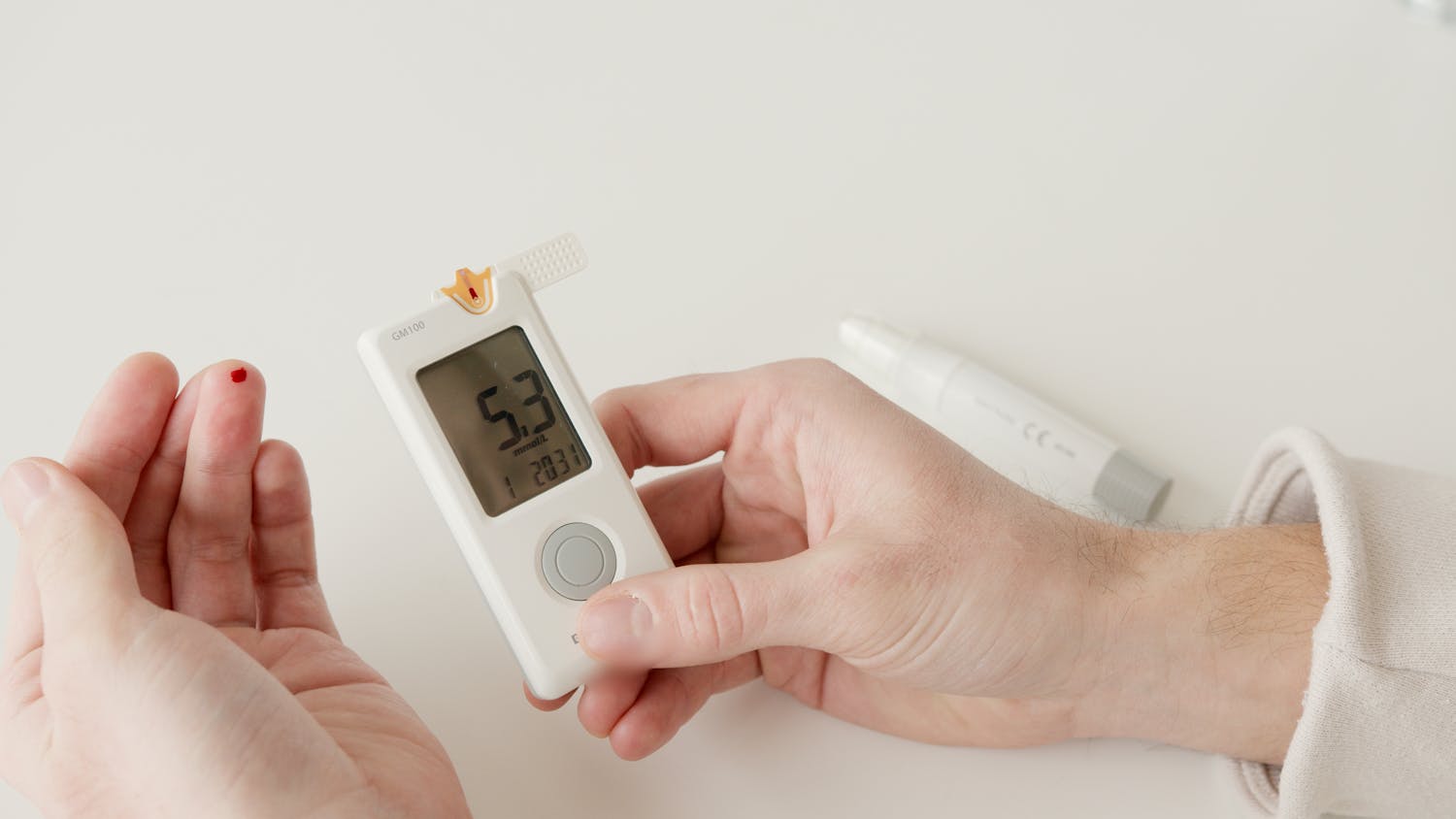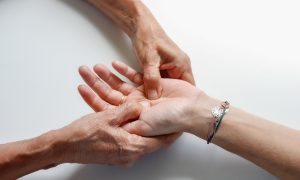
Early Signs of Diabetes You Shouldn’t Ignore (and What to Do About Them)
Welcome to SaverFinds.com, where we talk about health and daily life in a practical, affordable way.
Diabetes is often called the “silent epidemic” because it’s so common. Many people walk around not knowing they have type 2 diabetes or prediabetes—but their body is already sending signals.
If you ignore the early signs, it can lead to serious, long-term issues like heart disease, nerve damage, and vision problems.
The good news? If you catch it early, you can manage or even reverse it—without expensive meds or complicated diets.
So, What Is Diabetes?
Diabetes is a long-term condition that messes with your body’s ability to process glucose (sugar). It happens when your cells stop responding to insulin properly, or when your body doesn’t make enough insulin.
There are two main types:
Type 1 Diabetes – usually diagnosed in kids, caused by an autoimmune reaction.
Type 2 Diabetes – more common in adults and often linked to lifestyle, though younger people are developing it too.
⚠️ Over one-third of U.S. adults have prediabetes—and most don’t even know it.
🔎 10 Early Warning Signs of Diabetes
If you notice two or more of these symptoms, it’s time to take action:
Frequent urination
Peeing a lot, especially at night? High blood sugar makes your kidneys work harder to flush out glucose.Constant thirst
More bathroom trips = more water loss. You’ll feel thirsty no matter how much you drink.Unexplained weight loss
Your body starts burning fat and muscle for energy if it can’t use sugar properly.Increased hunger
Your cells aren’t getting the fuel they need, so your brain keeps signaling hunger.Fatigue
You feel drained, even after sleeping. Glucose isn’t getting into your cells to give you energy.Blurred vision
Extra sugar in the blood can pull fluid from the lenses of your eyes.Slow-healing cuts and bruises
High blood sugar weakens your immune system and slows circulation.Tingling hands or feet
Nerve damage from high blood sugar may feel like pins and needles.Dark skin patches
Known as acanthosis nigricans, usually appears around the neck, armpits, or groin—often a sign of insulin resistance.Frequent infections
Yeast infections, UTIs, or gum issues can be a red flag.

🩺 What to Do if You Spot These Signs
Don’t panic—but don’t ignore it.
✅ Step 1: Get Tested
Ask your doctor for a fasting blood glucose or A1C test. Many pharmacies offer free or low-cost screenings.
✅ Step 2: Change Your Diet
Eat more:
Leafy greens
Whole grains
Lean proteins
Beans
Berries
Avoid:
Sugary drinks
White carbs
Processed snacks
✅ Step 3: Move Your Body
Just 30 minutes of walking daily helps your body use insulin better.
✅ Step 4: De-stress & Sleep
Stress and poor sleep raise blood sugar. Try meditation, stretching, or deep breathing.
💡 Budget-Friendly Foods That Support Blood Sugar
You don’t need fancy supplements or organic-only groceries. Try:
Oats – full of fiber that helps balance sugar
Lentils – great for protein and gut health
Cinnamon – may improve insulin sensitivity
Leafy greens – low in carbs and high in nutrients
Apple cider vinegar – may lower sugar spikes after meals
🔁 Prevention Is Cheaper Than Treatment
Catching prediabetes early can make all the difference.
Start small:
Swap soda for water
Take a short walk after lunch
Add fiber to your breakfast
Your future self will thank you.
💌 Want Simple, Affordable Health Tips?
At SaverFinds.com, we believe health shouldn’t feel overwhelming or expensive. Join our free email list to get:
✅ Practical wellness advice
🛒 Budget-friendly grocery tips
📋 Free downloadable trackers
🌿 Natural health solutions that actually work
👉 Click here to sign up – you’ll love how easy we make it.
🧠 Final Thought: Listen to Your Body Your body whispers before it screams. If you notice signs, don’t wait—take action.
SaverFinds is here to help you take smart, affordable steps toward better health. Because your health is your greatest asset.











Add comment